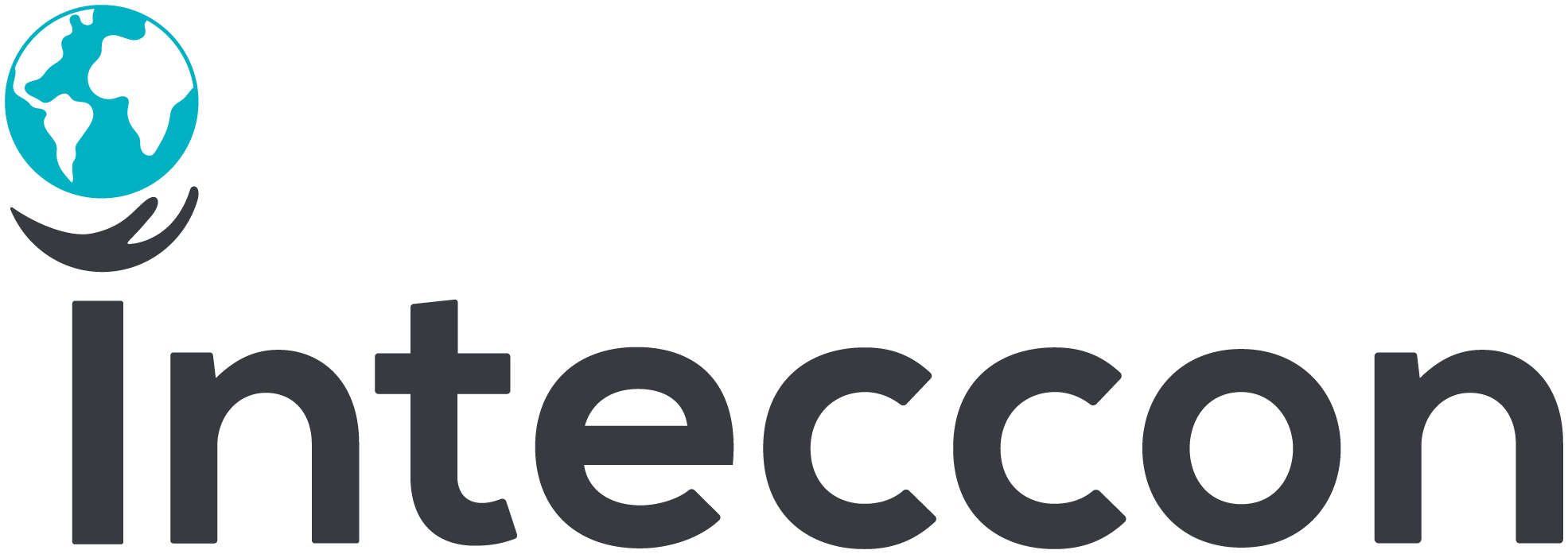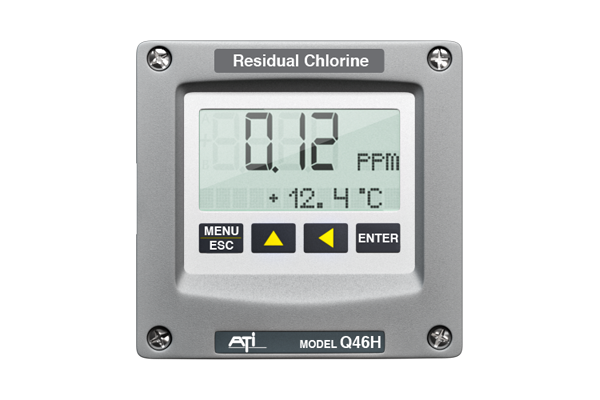ATi’s Residual Chlorine Monitor, an upgraded version of the Q45H system, is designed for continuous water quality monitoring of free or combined chlorine. Here are some of its features and specifications:
- Measurement Capabilities: The monitor can measure both free and combined chlorine levels in water.
- Economical Operation: The Q46H system is cost-effective to purchase and maintain, providing long-term accuracy and reliability.
- Automatic pH Compensation: An optional automatic pH compensation feature can be added to ensure the highest accuracy in free chlorine measurement.
- Dual Chlorine/pH Monitoring: The system can monitor both chlorine and pH levels simultaneously.
- Programmable Range Options: The monitor offers programmable range options from 0-200 PPB (parts per billion) up to 0-200 PPM (parts per million), providing flexibility for various applications.
- Power Options: The monitor can be powered by either AC or DC power sources.
- Analog Outputs: Two isolated 4-20 mA analog outputs are standard, with an option for a third output if required. The default setting provides analog outputs for chlorine and pH.
- PID Control Function: The monitor has a standard PID control function that can be assigned to one analog output.
- Digital Communication Options: The monitor supports digital communication options such as Profibus DP, Modbus RTU, or Ethernet IP.
- Relay Outputs: Three SPDT (Single Pole, Double Throw) relays are standard, with programmable functions for alarm, control, or trouble indication. An option for three additional low-power relays is available.
- Enclosure: The monitor comes in a NEMA 4X (IP-66) enclosure suitable for wall, pipe, or panel mounting.
- Display: The back-lit large LCD display provides clear visibility in any lighting conditions. A scrolling second line on the display offers additional information and programming prompts.
Applications for the Q46H/62-63 Residual Chlorine Monitor include:
- Potable water systems
- Water reuse systems
- Cooling towers
- Aquariums
- Wastewater treatment effluents
The monitor is designed to meet the water quality monitoring needs of these applications, providing accurate and reliable measurement of residual chlorine levels.

